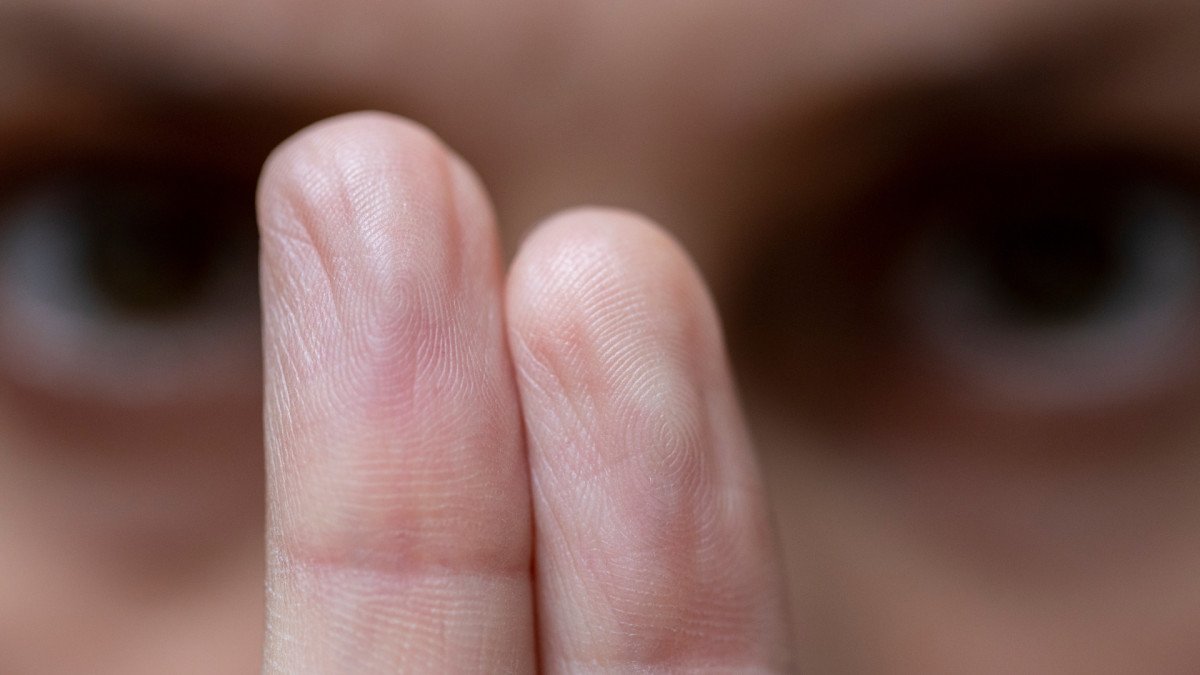
Traumas are heavy. Sometimes too much! Phobias, addictions, and anxiety also weigh. All of this can be disabling, or at least become a stumbling block on the path to well-being for many people. Fortunately, it doesn’t have to be for life.
In the face of this type of illness, EMDR therapy, which stands for Eye Movement Desensitization and Reprocessing, has revolutionized the field of psychology and has proven to be effective in the treatment of various disorders.
Over the years, this approach has gained recognition and popularity. That is why in this article, we will explore in depth what EMDR therapy is, its origin, development and theoretical foundations, as well as its clinical application and the step-by-step process of a therapy session.
Origin and development of EMDR
Let’s travel a few decades to learn the history. EMDR therapy was developed in the late 1980s by American psychologist Francine Shapiro. And the interesting thing is that everything was born from a personal experience!
It all started like this: during her time as a doctoral student, Francine casually noticed that when she had disturbing thoughts, her eyes moved rapidly, resulting in a reduction in the burden of distress related to those thoughts.
He found this phenomenon very curious, so he began experimenting with other individuals and noticed similar results. Motivated by these observations, Shapiro developed a therapeutic approach based on eye movements, initially known as “TER” (Eye Relaxation Technique). However, some time later it was given the name EMDR.
During the 1990s, EMDR therapy began to receive recognition, primarily for its effectiveness in treating post-traumatic stress disorder (PTSD). Those patients who underwent EMDR reported a significant reduction in trauma-related symptoms and an improvement in their psychological well-being. These results motivated scientific research and generated interest in this therapeutic technique.
Over time, EMDR was validated as a legitimate and effective therapy by specialized mental health organizations. In 2004, the World Health Organization (WHO) officially endorsed EMDR as the preferred option for treating PTSD, definitively consolidating its validity and effectiveness.

This is how EMDR therapy works
Let’s see what’s behind this therapeutic resource! EMDR is based on several principles and theories. One of the main pillars is Adaptive Information Processing (AIP). According to this theory, Traumatic and disturbing events can remain stored in a dysfunctional way in memory, without having been processed adequately.
Taking the above into account, the objective of EMDR is to facilitate the adaptive processing of information and allow traumatic memories to be properly integrated into the individual’s system of life experiences. Through bilateral stimulation, whether through eye movements, sounds or touch, EMDR activates the brain’s natural processing and adaptation processes, making it easier to review traumatic information.
In addition, The EMDR approach is based on the theory of desensitization and reprocessing, which suggests that by activating the traumatic memory – and simultaneously focusing attention on an external stimulus, such as eye movements – the emotional intensity linked to the memory is reduced. This allows for a more adaptive integration of the traumatic experience.
What is EMDR therapy for?
There are many reasons why your app has been revolutionary! The main goal of EMDR therapy is to help people process and overcome traumatic experiences or stressful situations effectively, without the need to undergo years of conventional therapy.
Through the use of eye movements or bilateral stimuli, EMDR seeks to desensitize and restructure traumatic memories, to allow the person to integrate them adaptively.
Until now, various scientific studies have supported its effectiveness and the scientific community has recognized the value of this therapy as a valid and effective alternative in the treatment of trauma. In fact, EMDR has proven to be especially beneficial in addressing various disorders:
EMDR therapy step by step
An EMDR therapy session follows a carefully designed process to maximize its benefits. Although treatments vary depending on the therapist, there is a basic structure that is followed in each session and we will explain it to you below:
1. History and treatment planning
In the initial stage, the therapist establishes a bond of trust with the patient and collects detailed information about his or her personal history, which includes traumatic experiences, stressful situations and the resources available to cope with them. The specialist then uses this information to create a personalized treatment plan that identifies the traumatic memories to be treated and the corresponding specific therapeutic goals.
2. Explanation to the patient
During this phase, the focus is on preparing the patient for the EMDR process. The therapist provides a detailed explanation of the procedure, including bilateral stimulation and its purpose. Additionally, she teaches the patient self-regulation techniques to manage emotions that may arise during therapy.
3. Evaluation of the primary aspects of memory
In this stage, the specific traumatic memory that will be addressed in the session is identified. by choosing an initial element of the memory, such as an image, negative thought, emotion, or physical sensation and its intensity is evaluated using the Subjective Units of Discomfort (SUD) scale.

4. Memory desensitization
During this key moment, the patient focuses on the chosen traumatic memory while undergoing bilateral stimulation. The therapist guides the patient through various stages of memory processing and facilitates the emergence of new connections, feelings and reflections linked to the event. The goal is to reduce the emotional intensity of the memory (SUD) until a neutral level or close to zero is achieved.
5. Installation of positive cognition and reprocessing
Once the emotional intensity of the memory has been reduced, a new positive approach related to the traumatic event is established. This approach must be realistic, achievable and adaptable to the patient’s situation. While the patient concentrates on this positive thought, the bilateral stimulation procedure is repeated to reinforce his connection with the memory.
6. Tests
In this stage, the patient focuses on the physical sensations experienced when remembering the traumatic event and the associated positive thinking. The aim is to identify any residual discomfort or tension in the body, using bilateral stimulation to process and release these sensations.
7. Closure
At the end of the session, the therapist assists the patient in returning to a state of serenity and well-being in the present moment. A review of the session is carried out, highlighting the achievements made and new perspectives acquired. Prompts are provided for practicing self-care techniques between sessions.
8. Reassessment
At the beginning of the next session, a reassessment of the traumatic memory addressed in the previous session is performed in order to ensure that processing and de-escalation of emotional intensity (SUD) has been maintained. If necessary, the treatment phases are repeated until complete reprocessing of the trauma is achieved.
As you see, EMDR therapy is presented as a valuable tool in the field of psychology, demonstrating its effectiveness in addressing traumatic disorders. If you are thinking about starting EMDR therapy, we recommend that you talk to a therapist who specializes in this approach to learn more about how they can help you.









